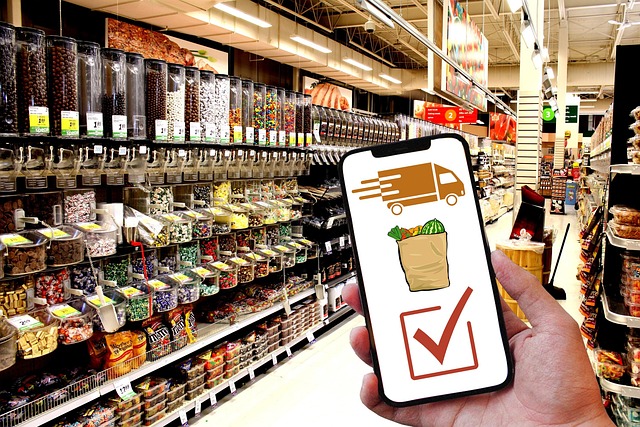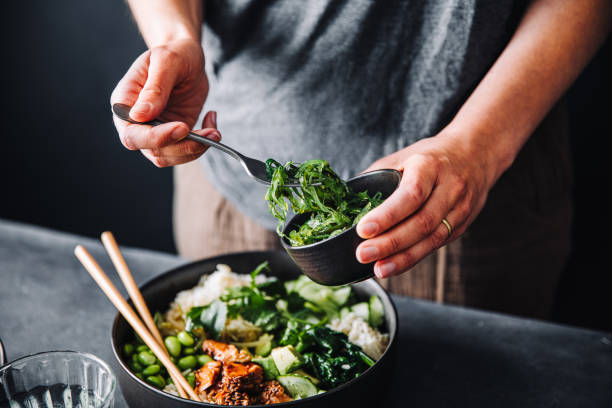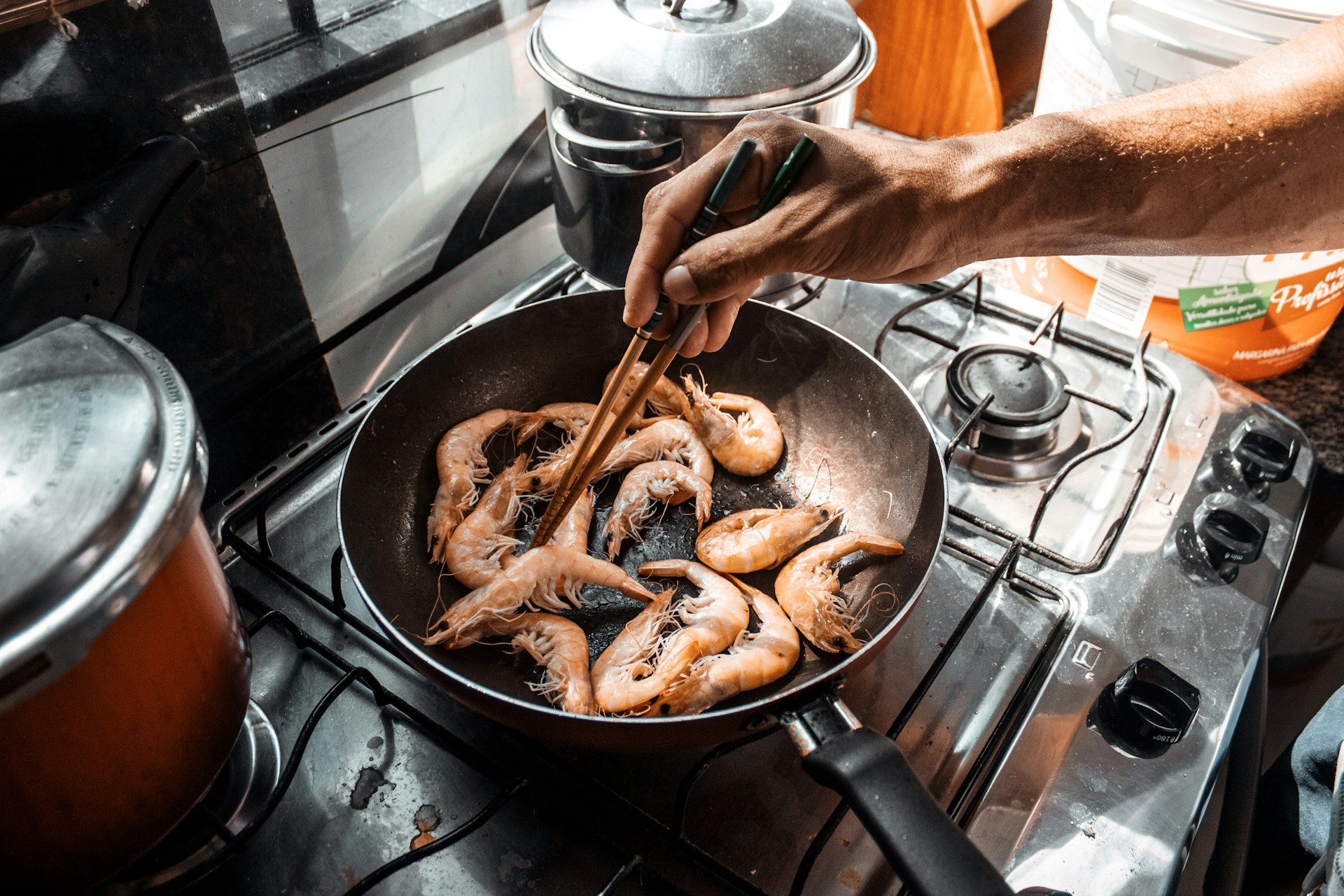Payment and checkout features that lower cart abandonment for food retailers
Online grocery shoppers abandon carts for many reasons, but checkout and payment design are frequent culprits. This article examines specific payment flows and checkout features that food retailers can implement to reduce abandonment, improve conversion rates, and align with ecommerce, supermarket, and delivery operations across mobileapp and web channels.

Digital grocery shoppers expect fast, predictable checkout experiences that reflect how food retail operates across fulfillment and delivery. Poor payment flows, unclear fees, or slow mobileapp redirects can interrupt purchase intent and increase cart abandonment. For food retailers, balancing accuracy for perishables, options for sameday pickup or curbside, and contactless preferences requires payment and checkout features designed to reduce friction while preserving operational integrity.
How can ecommerce checkout reduce friction?
A clear, streamlined ecommerce checkout minimizes cognitive load. Present a compact summary of items, estimated delivery or pickup windows, and an easily editable cart so customers can correct items without leaving checkout. Offer guest checkout and progressive profiling so repeat customers can save payment and delivery preferences after purchase. Transparent fees — including delivery, service, and optional tips — should appear early, reducing surprises at final payment. Providing multiple familiar payment methods and a visible security indicator helps build trust and shortens time to completion.
Which mobileapp features speed checkout?
Mobileapp checkouts must be optimized for small screens and intermittent connectivity. Use native payment integrations like Apple Pay and Google Pay to enable one-tap completion and reduce form entry. Pre-fill address fields from saved profiles, enable biometric authentication where possible, and cache cart state to handle app interruptions. Fast image and price loading, combined with clear pickup or sameday delivery options, reduces friction. Progressive enhancement—showing a simplified flow on slow networks—helps preserve conversions on mobile devices.
How do supermarket payment options affect conversion?
Supermarket shoppers often expect familiar payment choices, including card-on-file, digital wallets, and in-store payment codes for curbside pickup. Allowing customers to select payment at pickup versus prepaying can reduce abandonment for those concerned about substitutions or perishables. Offering split payments (e.g., gift card + card) and visible loyalty discounts during checkout helps customers perceive value. Make loyalty points and coupons apply automatically or show clearly how they modify totals to prevent last-minute hesitations.
Do curbside and contactless payments lower abandonment?
Curbside and contactless experiences can reduce barriers for customers who prefer minimal in-person interaction. For curbside, offer option to pay in-app with a saved card and present a clear arrival workflow (check-in, stall number, expected wait). For contactless delivery, emphasize touch-free handoffs and allow tips and gratuities to be adjusted post-delivery if local regulations permit. Clear communication about contactless safety protocols reassures customers and supports completion of the checkout flow, especially for first-time users.
How do fulfillment, logistics and lastmile affect checkout?
Checkout must reflect fulfillment realities: available inventory, sameday or scheduled delivery windows, and lastmile constraints. Real-time inventory validation prevents orders that cannot be fulfilled, while estimated delivery and order cutoff times set correct expectations for sameday or next-day options. If lastmile capacity is limited, communicate available slots and dynamic pricing clearly. Showing order tracking links and expected arrival times during checkout increases confidence and reduces order cancellation after payment.
How do perishables, inventory and mealplanning affect checkout?
Perishables require special handling that affects payment choices and substitution policies. During checkout, show substitution preferences (accept, replace, no substitute) and outline any price adjustments for replaced items. Integrate mealplanning and subscription options for recurring orders—offer subscription discounts and clear controls for pause or skip—to retain customers and lower future abandonment. Ensure inventory accuracy for temperature-sensitive goods and call out items with limited availability to avoid surprise cancellations.
Additional considerations include providing order summaries before final authorization, supporting saved carts across devices, and presenting concise refund, return, and delivery policies. A/B testing checkout elements such as button labels, progress indicators, and saved payment prompts helps retailers learn which combinations reduce abandonment in their specific ecommerce and supermarket contexts.
Conclusion Reducing cart abandonment for food retailers involves aligning checkout and payment design with operational realities: fast mobileapp flows, transparent fees, fulfillment-aware options for sameday or scheduled delivery, and clear handling of perishables and substitutions. Thoughtful payment choices, visible logistics information, and customer-centric defaults can improve conversion while preserving the reliability of supermarket fulfillment and lastmile operations.




